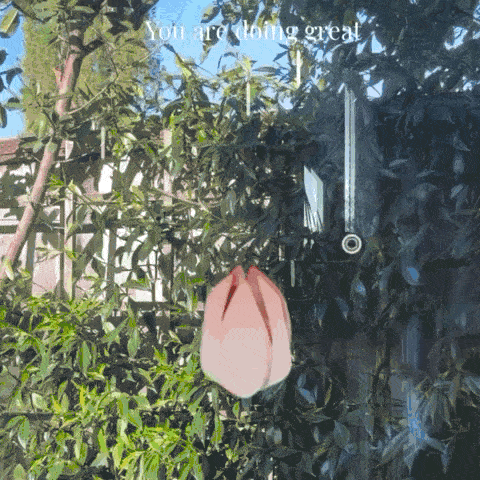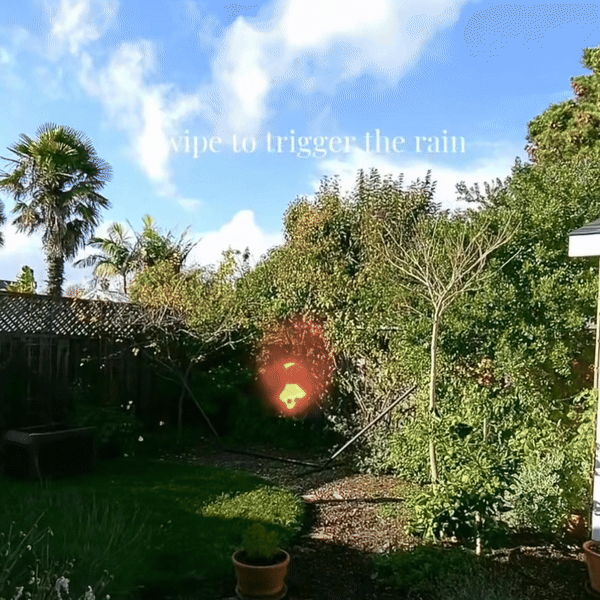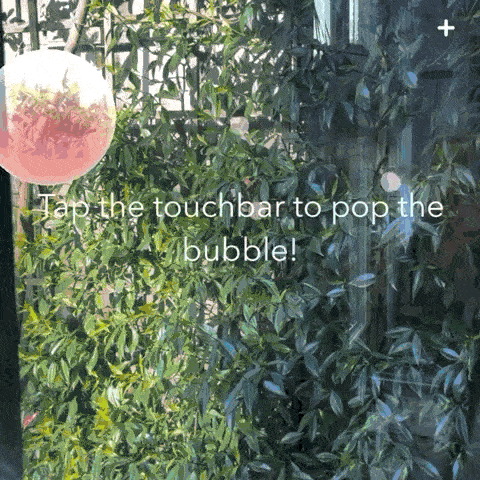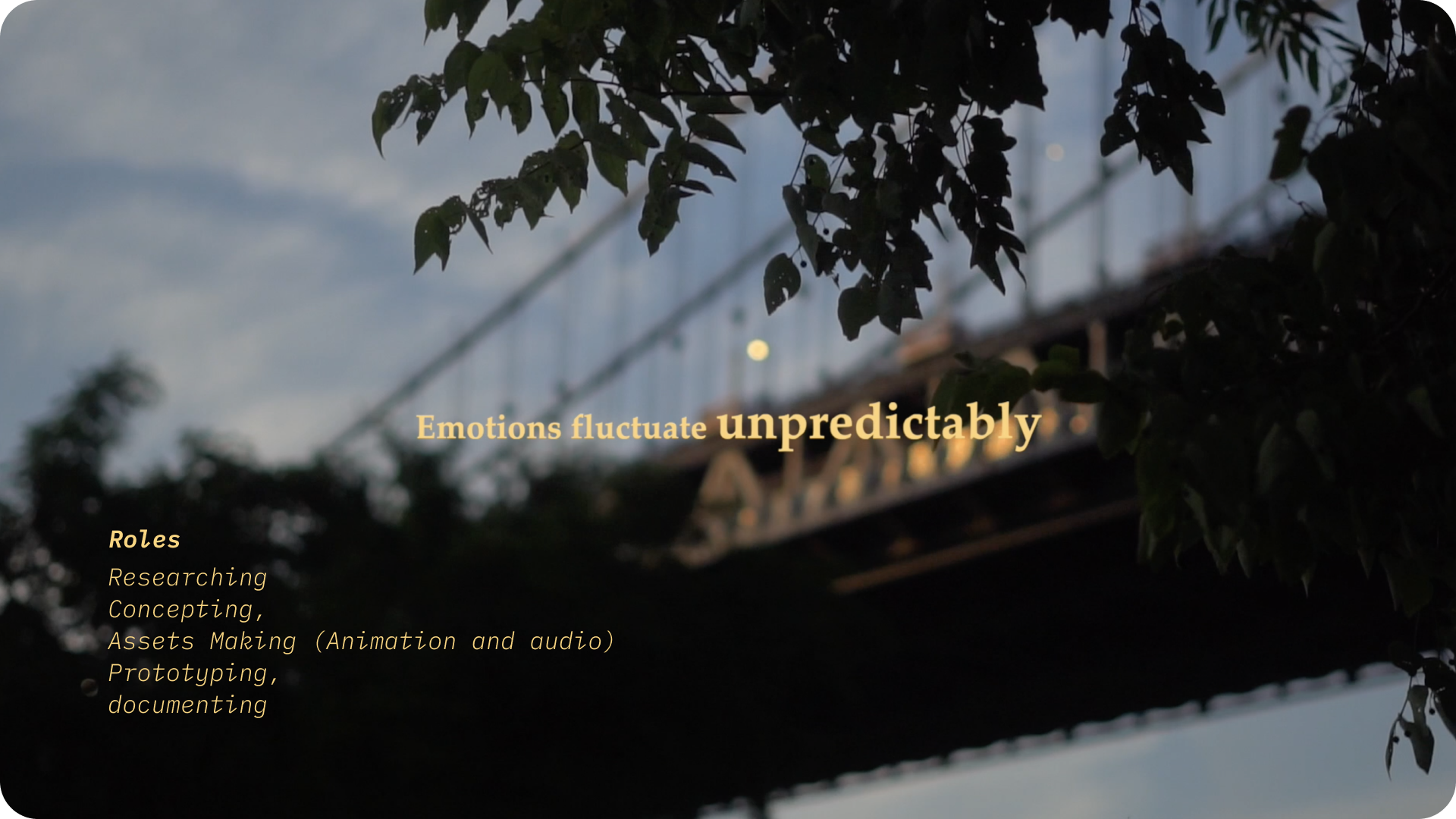
TouchEmotion
Idea
When we do emotion regulation, sometimes we are internally imagining our emotional trajectory from intense to somewhere more tender. If AR experiences can be the vision of our reality plus our imagination, then can we see our emotions in mind to the AR display as a way to interact with our emotions physically?
This project conceptualizes such AR experiences for emotion regulations by creating three imaginative metaphorical experiences for Lotus, Fire, and Bubble — tailored to regulate anxiety, anger, and boredom, respectively. Through experiencing designed interactive experiences —such as blooming the lotus, extinguishing the fire, and popping the bubbles—do users feel they actually interact with their emotions and feel like they can regulate their emotions? In the interaction design, such as synchronization of lotus blooming and shrinking with people's focus level, not being able to extinguish the fire fully, and the random popped bubble, I strive to convey messages about feeling your body and mind, accepting uncontrollable situations, and maintaining curiosity while cherishing moments of serendipity.
Background
Emotions can fluctuate unpredictably, underscoring the need for immediate, spatially unbound mechanisms for emotional regulation. The compact, mobile nature of devices such as smartphones and on-body wristwear (e.g., Apple Watch) positions them as go-to tools for accessing such emotional support. With the advent and potential integration of portable AR eyewear into our daily lives—examples include Google Glass, Snap Spectacles, and the nascent Apple Vision Pro—AR glasses emerge as a compelling medium for instant emotion regulation. First, they facilitate a greater connection with the surroundings by blending virtual elements into reality through a heads-up display and overlay graphics; second, they offer more privacy with their private-view display.
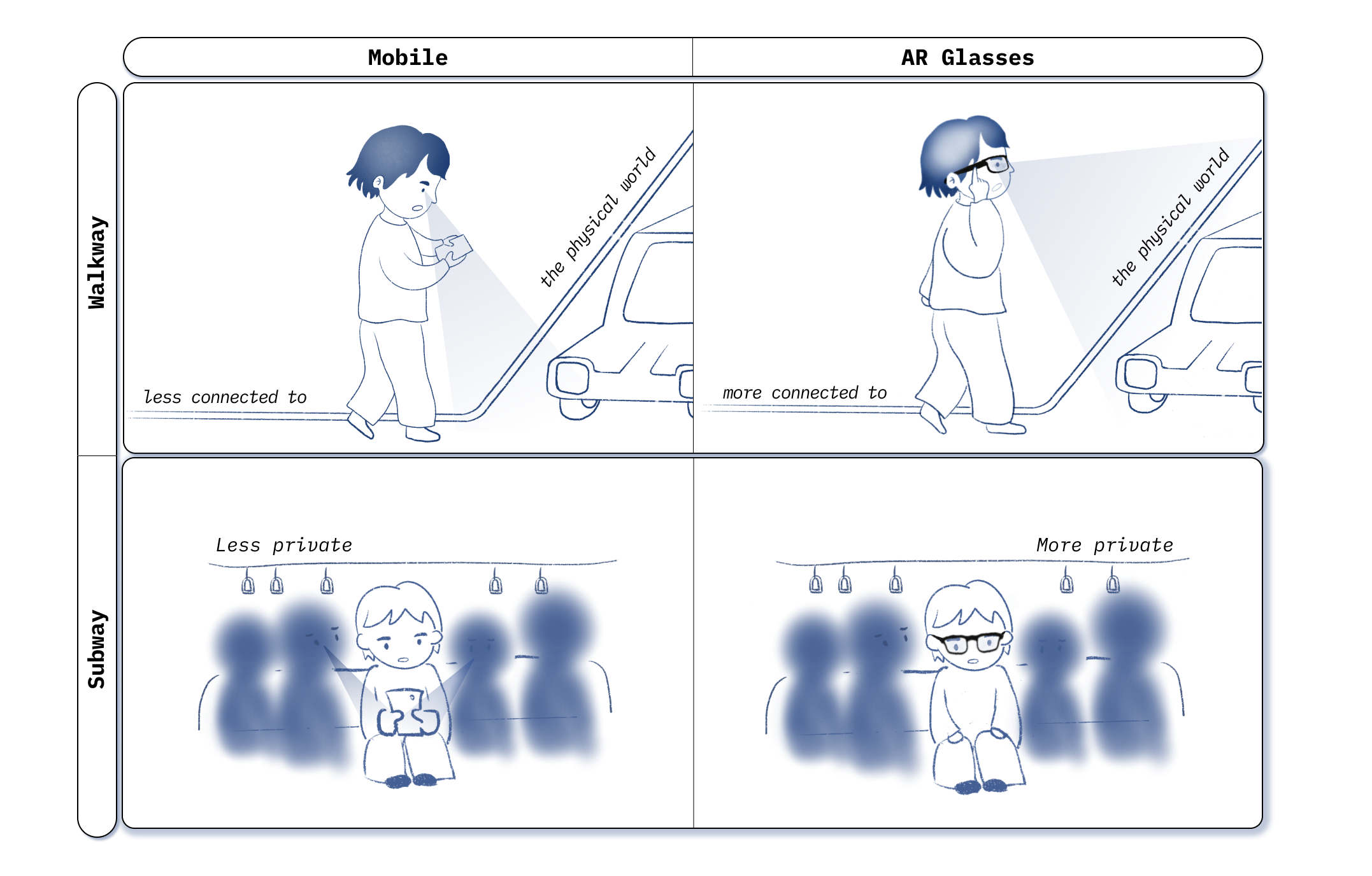
Device
Exploration
We are given Snap's AR glasses, spectacles to explore. I spent several weeks to try it out, play with templates and be familiar with Spectacles' functionalities. The Spectacles lack hand-tracking features. Inputs are received through either the touchpad or voice recognition. The glasses support plane detection; both 2D and 3D assets, shader graphs, and audio assets can be rendered via Lens Studio, Snap's internal development tools.
Short and timely audio visual experience: Matching the Spectacles' feature of being portable and lightweight, it would be beneficial to craft a short and timely emotion regulation experience (2-3 minutes), similar to a short calming reel, but interactive.
Touch input: By making use of the touchpad, How can we design touch interactions that guide users' finger movements for emotion regulation, integrating audio-visual elements?
Concept |
Lotus,
Fire,
and Bubble
According to cognitive linguistics as stated in Metaphor We Live By:
Metaphors not only reflect our thoughts but also help us understand abstract concepts and have the potential to lead us to new ways of thinking, possibly transforming our mindset.
Then, if we consider our fuzzy emotions metaphorically, can that help us illuminate our feelings and lead to an emotional change? Psychotherapy practice says yes; therapists have been using metaphors to verbally help people understand and move toward more ideal states. Inspired by this, I decided to explore the design of metaphorical experiences that could guide users from less ideal emotional states to more ideal ones in the form of interactive audio-visual experiences. In this prototype, I focus on three common negative feelings in daily life: anxiety, anger, and boredom, exploring how to translate them into a metaphorical emotional journey. Here, I started with a fundamental metaphor concept, which has shown its effectiveness in verbal formats for regulating certain emotions. Then, I translated them into visual and auditory representations. Lastly, I designed interactions to combine these representations into an engaging experience.
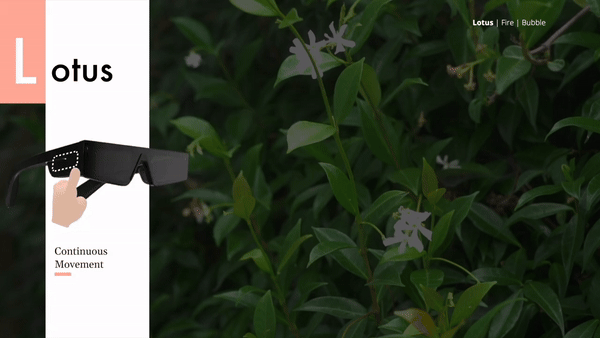
The lotus is a common metaphor used in mindfulness practices (such as yoga and meditation), where an opening lotus usually represents mindfulness, and slowness is one approach to achieving calm. Here, I've mapped an opened lotus to represent an ideal calm state, while a closed lotus symbolizes an anxious state. By guiding users' continuous slow finger movements, the lotus will open; otherwise, if users move too quickly or stop, the lotus will close again. This design aims to encourage users to be introspective about their movements and feelings.
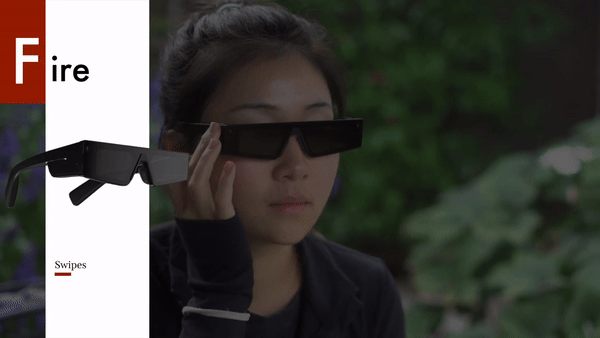
Studies in cognitive linguistics have shown that the metaphor anger is fire is widespread across different cultures, suggesting it could be considered a sort of universal metaphor for conceptualizing anger. If anger can be metaphorically represented by fire, could a fire extinguishing experience help in regulating anger?
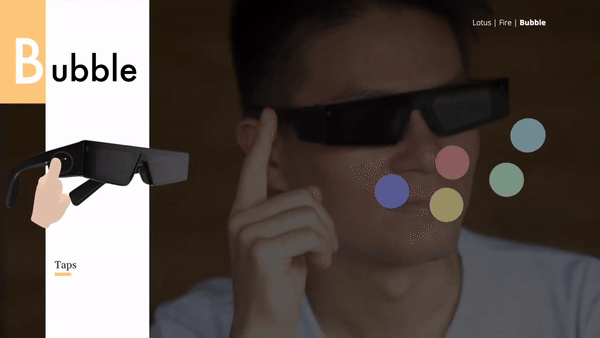
Boredom is both permanent and temporary. If boredom is prevalent and inevitable, then learning how to live with boredom and finding interesting aspects' in mundane objects becomes essential. Here, I have designed an element of surprise by randomly triggering fireworks when popping the bubbles. Only two out of six bubbles will pop with fireworks, which might lead users to speculate about which one will offer the next surprise. By experiencing that, I hope to convey the message that what may seem like boring bubbles could actually be filled with surprises if we pay close attention.
Prototype
Three lenses
The final prototypes of the three lenses - lotus, fire, and bubble - are shown below:
